The Context of it All
Chapter Two
Why does context matter in all visual storytelling – all art? Because stories and art have the power to shape the opinions of society.
Why does context matter in all research – all storytelling? Because stories have the power to shape the opinions of society. Just ask Angela Waldie.
“If we look historically at how our cultural perceptions are portrayed, they do come through in the dominant stories of any one period. And then, interestingly enough, they can carry forward for centuries, or even millennia.”
Angela is a poet and literary professor and she says from Bambi to The Lion King, Little Red Riding Hood to The Edge and The Revenant, we’ve long told stories that have helped shape our view of nature – for the better or the worse.
“Going back to the beginning of fairy tales, nature was seen at the time as a very dangerous force in many ways, and that came through in a lot of the early fairy tales. There was this strong divide between humans and animals, and animals were, to a large extent, dangerous and to be stayed away from, as in the case of ‘the big bad wolf’.”
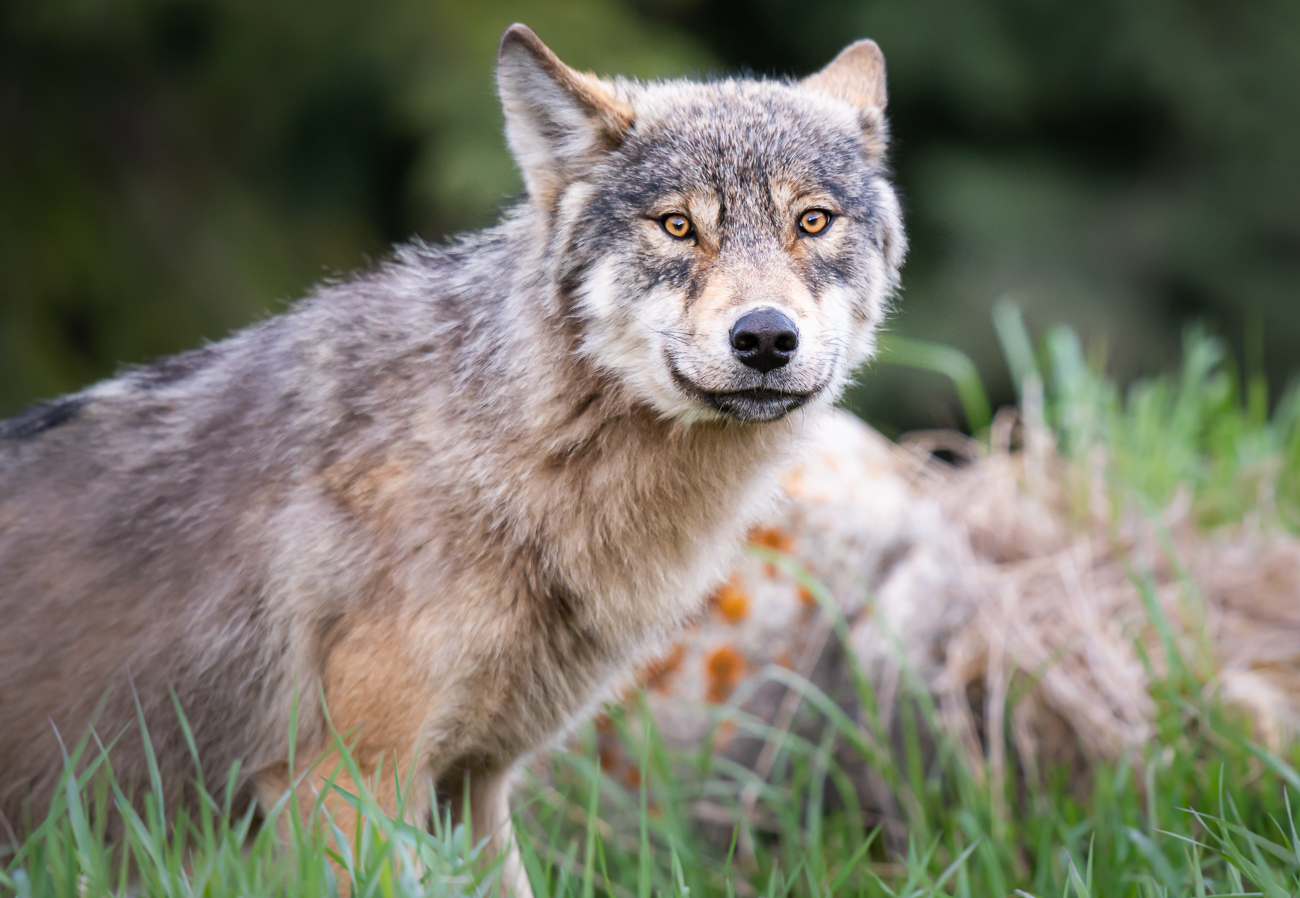 Up-and-coming biologist Story Warren says the big bad wolf is just one example of how a story’s context can shape public perceptions from an early age.
Up-and-coming biologist Story Warren says the big bad wolf is just one example of how a story’s context can shape public perceptions from an early age.
“Everyone is raised with the Little Red Riding Hood and the big bad wolf, the Three Little Pigs, and for most people, wolves equal bad when they’re young. That’s all that they’re taught, and why would you question that because it’s in all the fairy tales?”
Do those childhood perceptions influence adult thinking and decision making? We asked mathematical ecologist Andria Dawson.
“I would say definitely.”
Andria has studied how societal trends – and biases – have influenced science.
“Most of science is funded through government grants and the research that they want to support is determined by societal wants and needs, which are certainly shaped by historical literature and media more generally. So, I think that that does have a huge impact.”
And that’s problematic when societal views on wolves, say, are based on myth or even outdated, historical context that we now know not to be true, argues Story Warren.
“A lot of misinformation is spread about wolves in particular. It’s really hard to find an animal that has so much hatred directed toward it, and so much misinformation that’s widely accepted (as the truth). That hurts their recovery and their persistence as a species. People live their whole lives not questioning whether wolves are bad.”
But just as out-of-context stories can shape negative impressions, they can also shape positive impressions. The consequence? A polarization of the issue, with arguments grounded in emotion rather than fact, explains scientist Dr. Victoria Lukasik.
“It’s kind of unfair to them, I guess you could say. On one hand they’re sort of the devil – vicious creatures that are just killing for pleasure – and on the other side of the spectrum, they’re raised up to this deity – they’re this perfect, untouchable creature. And they’re neither. They’re just another animal trying to survive in the world.”
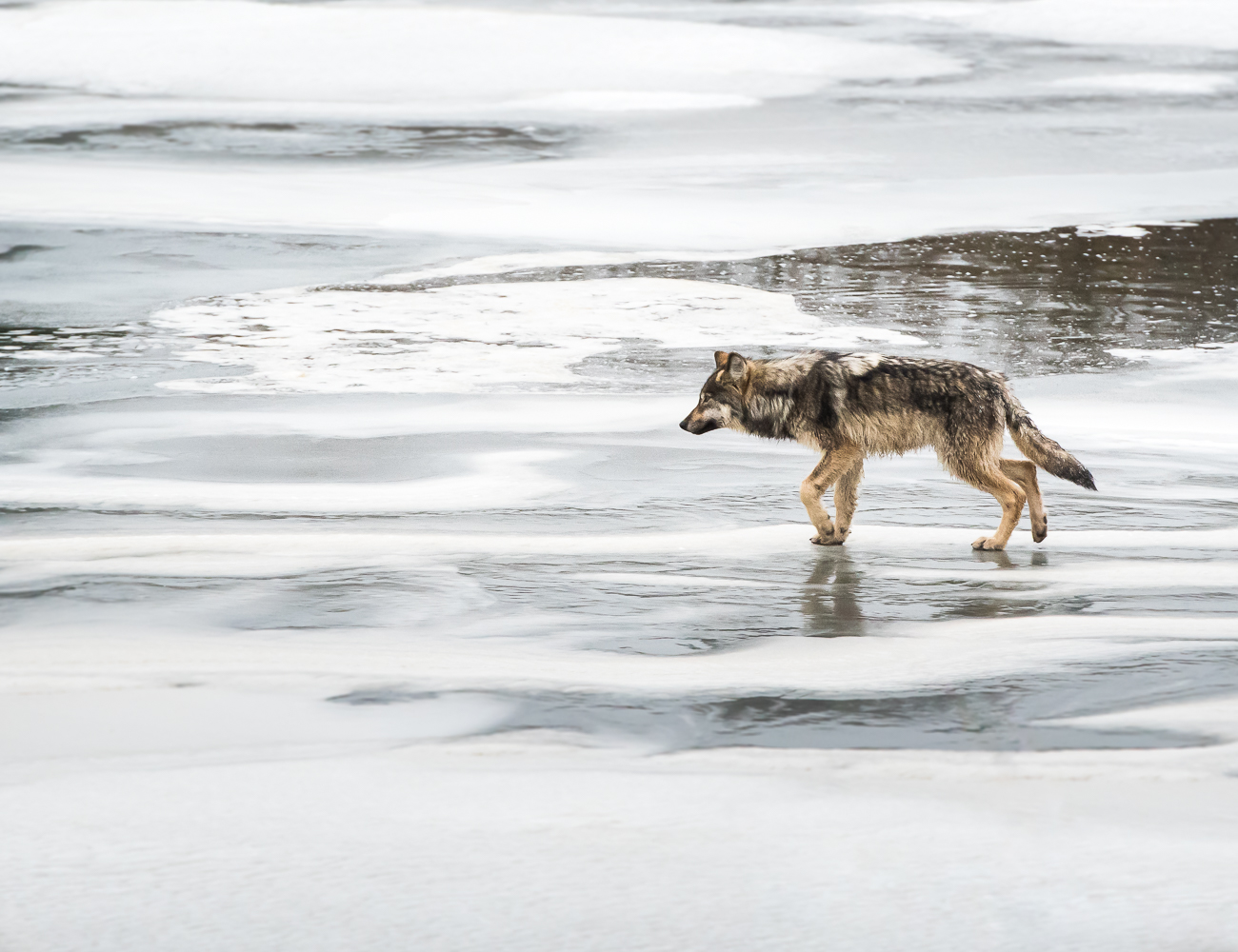 Yet too few see wolves as just that: another species working to survive.
Yet too few see wolves as just that: another species working to survive.
In fact, too few understand the realities of nature – indeed, the realities of our world – as so many of us assume the context of the stories we consume are well-researched and factual.
Which isn’t to say, as a society, we’re naïve to the power of storytelling. Art innovator Jerry McGrath says to understand, we need to explore the history of one very famous fairy tale.
“We all know the story of Little Red Riding Hood. When it was first written, it had a very different ending.”
“Little Red Riding Hood was sent to her grandmother’s house. On the way, she met a wolf. The wolf ate her. She died. The end. And the lesson at the time was very clear: The natural world is a scary place, so you should be careful.”
Jerry continues, “Years pass, industries start moving into the countryside, nature is less scary, but there’s something scarier – there’s men. They are coming from the city; they have no connections to the communities they are working in. And, so, the story changes and the wolf is no longer an animal, but is more like a man. And he does harm to Little Red Riding Hood in different ways. And, again, she dies, but the lesson is not that the natural world is scary, but that the natural world is a place where bad people hide.”
“And in the 1950’s, they added the woodsman”, Jerry adds. “This time, yes, nature is scary and men are scary, but there are men that will save you. And Little Red Riding Hood should not be looking out for herself, because someone else will take care of her. Again, a very, very different story about the natural environment. Men with axes are there to help restrain nature and to protect the woman.”
 Jerry moves the story ahead another few decades and says now “Little Red Riding Hood’s in the woods; she’s unafraid; she saves herself. This is great! Wonderful story. Except, in this version, nature is powerless.”
Jerry moves the story ahead another few decades and says now “Little Red Riding Hood’s in the woods; she’s unafraid; she saves herself. This is great! Wonderful story. Except, in this version, nature is powerless.”
In other words, we have used stories to update our historical perceptions – it’s just that, as a society, we’ve often failed to really understand the totality of our current context. Too often we fall back on myth and faulty assumptions to fill-in the blanks as we rush to advance a new narrative.
Jerry says that when we really take the time to research and understand all realities – all facts – stories can shift narratives and help advance a truer understanding of people and nature.
“Art – and, in this case, storytelling – does a really powerful job of shaping how people are able to experience nature. So, art can also change how people understand and experience nature.”
So that’s why context matters. How to uncover context? How to understand it?
Mark Miller says, “I really encourage people to ask what they might think are dumb questions.”
Which might sound like a dumb answer until you hear this:
“The dumb questions often reveal the simplest truths.”
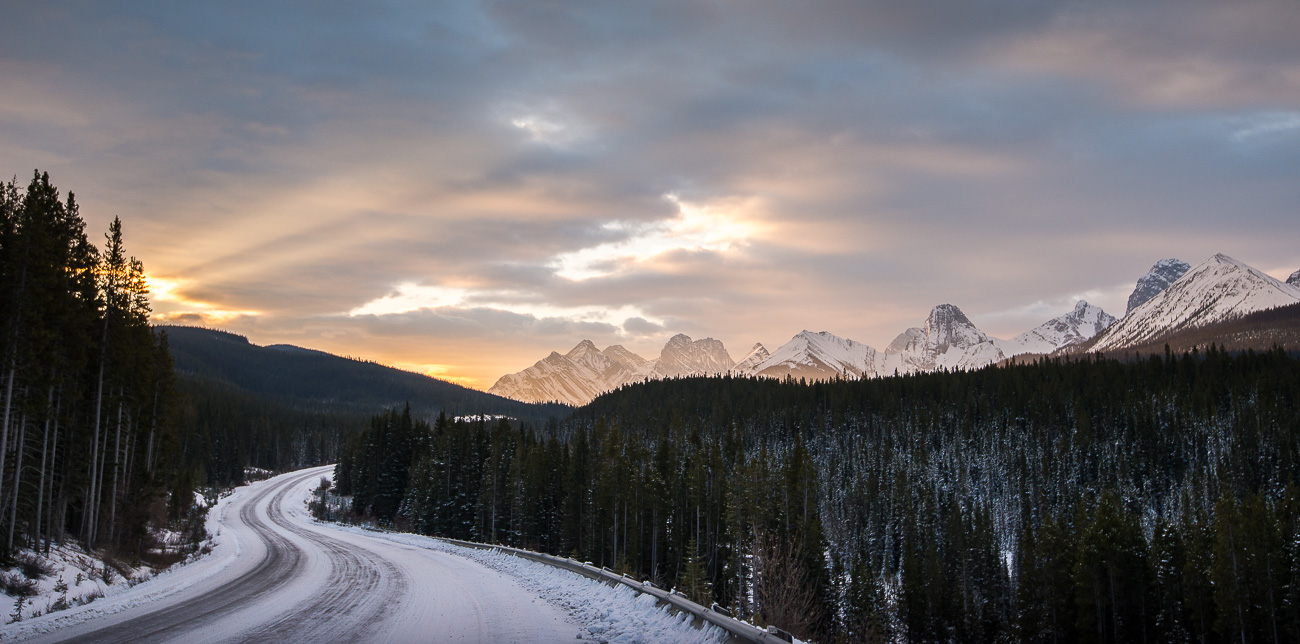 As you likely know, Mark Miller is a former journalist and the producer of the docudrama series Highway Through Hell. And he believes we all need to dig a little deeper. After all, Mark says, questioning how our world works is a hallmark of humanity.
As you likely know, Mark Miller is a former journalist and the producer of the docudrama series Highway Through Hell. And he believes we all need to dig a little deeper. After all, Mark says, questioning how our world works is a hallmark of humanity.
“Curiosity is what drives us as humans. It’s curiosity that brought people across the Bering Strait from Asia, and it’s curiosity that makes us ask questions about the world we live in. And who doesn’t want to know more about our world?”
Mark believes we now need to apply our natural curiosity to our assumptions and biases.
“Every day we go out and we shop for an item at the store, we think, ‘Was this item a good product? Is this going to live up to its promise from the marketer?’ We do that every day. So, I know the curiosity, I know that the critical thinking exists in every one of us.”
We just need to channel that thought process and apply it to our research, Mark argues. After all, it’s an approach that’s been the hallmark of Mark’s career, both in the news media and in entertainment industry.
“I continued to ask what a lot of people thought were simplistic questions. People, again, looked down at me and kind of frowned at me. But (my questions) generated these amazing answers and, often, my questions would generate the answer that would appear on The National.”
By asking dumb questions, Mark says we can tell simpler, yet more complete stories. It’s why, in Mark’s opinion, to help society better understand nature, we don’t need more stories focused global-scale threats.
“Good nature stories are still about small details. And when we break nature down to those little detailed events, it gets really interesting because you go, ‘Wow! How did that happen?’”
And we need more people to find the wonder in nature, the relevance of nature. And we need more people to understand nature’s connections, ethicist Kerry Bowman explains.
“This lack of connection? We just don’t see how the pieces fit together at all. And there’s many people in this country, and in many western countries, that interact with the natural world in extremely minimal ways.”
Research can, of course, help us know more about nature, but Kerry says research can’t stop at the textbook.
“Observing nature front line in so many different ecosystems (matters) because that’s the web of life that’s holding us all together.”
In other words, seeing isn’t just believing, it’s understanding, Terrence Jackson explains.
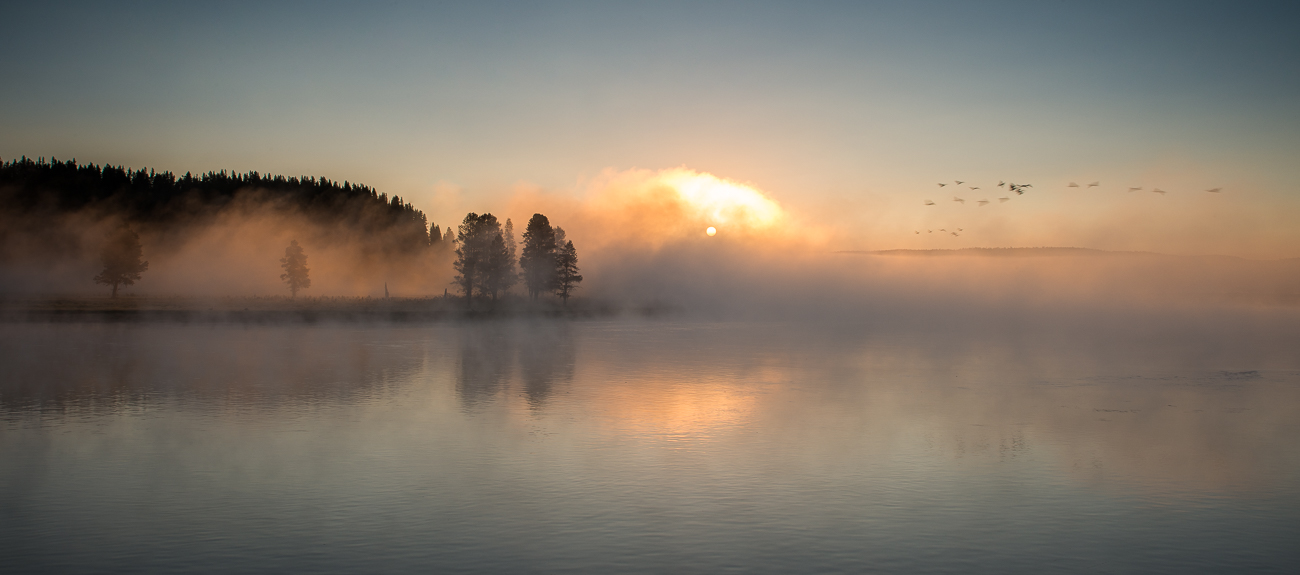 “I went to culinary school and then afterwards realized it simply wasn’t something I truly cared about. But my stepdad at the time was a ranger in Yellowstone (National Park in the United States) and he encouraged me to come out there and try something different. At the time, I was living in Miami, which is a pretty big town, and I had no understanding of nature. But I came out to Yellowstone and on my very first day I was there, I ended up seeing a bear, we saw wolves, we saw eagles. It kind of reminded me of The Jungle Book, which was really exciting because I was just floored by everything I saw.”
“I went to culinary school and then afterwards realized it simply wasn’t something I truly cared about. But my stepdad at the time was a ranger in Yellowstone (National Park in the United States) and he encouraged me to come out there and try something different. At the time, I was living in Miami, which is a pretty big town, and I had no understanding of nature. But I came out to Yellowstone and on my very first day I was there, I ended up seeing a bear, we saw wolves, we saw eagles. It kind of reminded me of The Jungle Book, which was really exciting because I was just floored by everything I saw.”
Terrence was so amazed by what he saw that he changed career paths, becoming a nature photographer and eco-tourism guide who advocates for a better balance between people and nature.
“Whenever I see someone who is only going to get to come to a place (like Mount Robson or Yellowstone) once and they get to see a bear and waterfalls and rivers and canyons? To see that look on someone’s face when they get to do that for the first time is everything to me.”
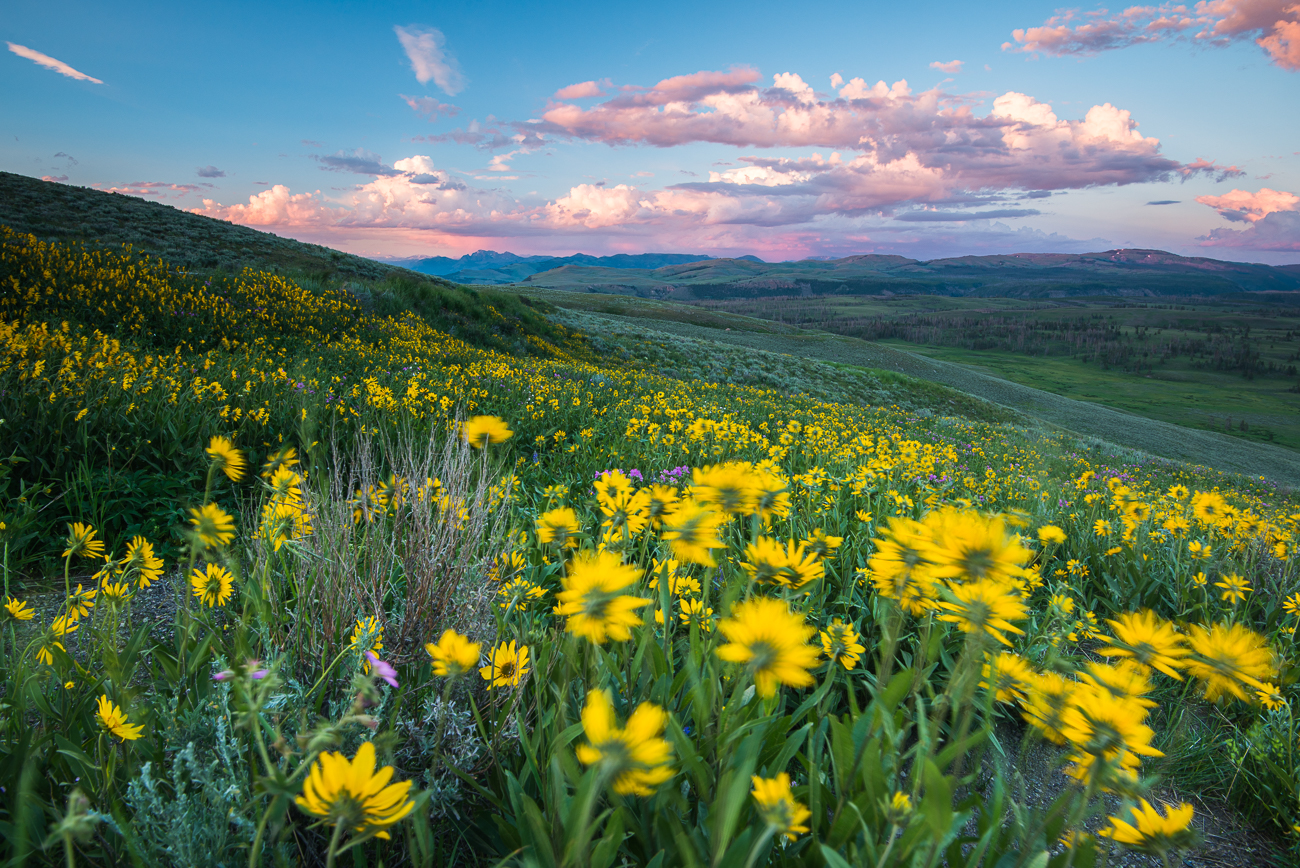
And though Terrence had seen nature stories on TV, he tells us, “I don’t think, originally, I was open to the experience of being outdoors as much as I would have liked. But just being in Yellowstone for that first year gave me a new perspective. It made me appreciate a lot of things that I wouldn’t have appreciated before, so I think the reason I truly do care about nature is because it has basically opened my eyes.”
That’s the power of understanding our natural context – our world makes more sense. That enables us to be better storytellers when we share our research and experiences.
“Anyone can make a pretty picture, but I don’t want to make a pretty picture. I want to take a picture that leaves people with a sense of longing for being out there in the natural world, for seeing the things that they might have never thought about. (I want my images to encourage people) to protect the parks, protect nature, and (have them) encourage others to do the same.”
And whether we’re sharing our story on social media or on Netflix, as Terrence points out, we need different storytellers explaining nature in different ways because we each see nature through a different lens.
“I think the way we grow up, for a lot of communities, we tend to do certain things and nature has never really been something that’s been big in the African American community. Unfortunately, it’s never really been something that clicked. We just don’t have the programs that are necessary to really teach people about the outdoors. When I was in high school, I went on a field trip to a prison. We’re not really encouraging our students here in the United States to get out and see nature.”
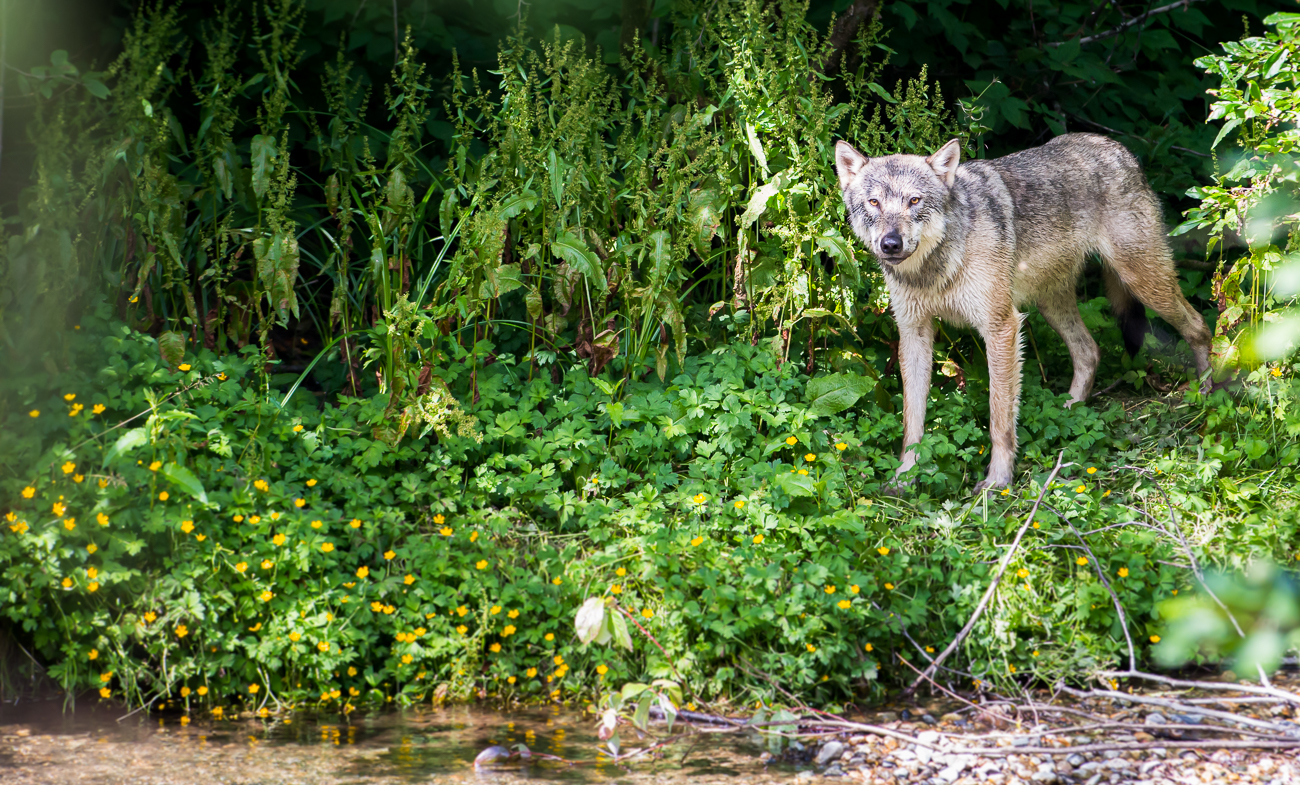 That’s an example of systemic racism, by the way. It’s also why stories – like a Disney movie or Little Red Riding Hood – can still shape perceptions of nature and drive nature decisions. After all, in some cases, it’s the only experience people have with nature.
That’s an example of systemic racism, by the way. It’s also why stories – like a Disney movie or Little Red Riding Hood – can still shape perceptions of nature and drive nature decisions. After all, in some cases, it’s the only experience people have with nature.
But when diverse storytellers share diverse stories? Terrence says, “Photography does have the ability to enhance your worldview. I look at photography as doing something that’s greater than myself. It’s always been more about what it makes people think and what it makes people believe and what it makes people do.”
Exactly, says innovator Jerry McGrath.
“When only a small number of people are equipped to tell (nature) stories, then whose stories are being told and whose stories of nature are being shared? What would be great, for me, is if everybody had the opportunity to express their experience of the natural world and share it so that others could benefit from their perspectives.”
Certainly, Terrence hopes in sharing his learning journey, he’s inspiring others to dig deeper and learn more about nature and people as well.
“If my work encourages someone to go outside and pick up some trash or go take a picture, go bird-watching, then I feel like I’ve been successful in that sense. It’s all about what it makes people feel.”
After all, Terrence adds, “The Holocaust that happened during World War Two is actually fading from people’s memory. (Reading this news) was really fascinating to me that we could forget something like that, one of the worst things to happen in human history. People just aren’t going to be that concerned about nature if they can easily forget about the biggest atrocity in human history. That’s something that we, as a society, really need to work on.”
Which is why, Terrence says, as storytellers or story consumers, we need to seek out our world’s context – historical, social, and, yes, environmental.
“The world is a big place and there’s a lot of beauty in it and, sure, my life might be great, but imagine what else is out there.”
Anthony – a hunting advocate and engineer known on X as The Thankful Outdoorsman – wholeheartedly agrees with Terrence.
“People are learning and that’s what it’s all about. It’s the transfer of experiences and that knowledge. And hopefully people pick up on it – and I think they have. It just needs to be done on a bigger scale.”
Anthony is right. But we don’t only need to better understand nature’s context, we also need to do a better job of understanding the human context as well.